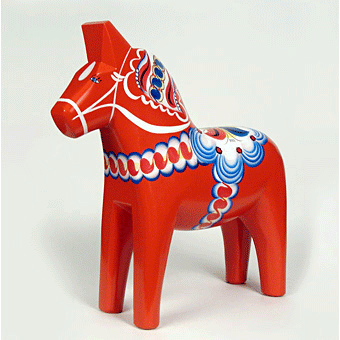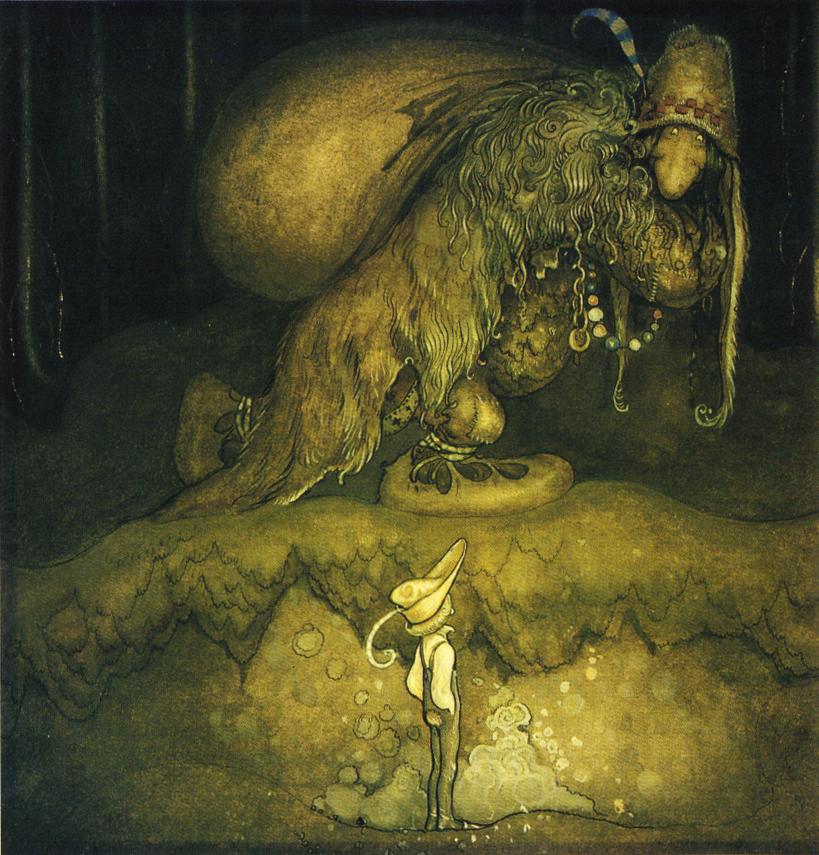
Over the years I have learned that most people have an interest in their roots, in the people, traditions, culture and spot on earth from which they come. It gives them a sense of belonging and a feeling that they are part of something bigger than themselves. My grandchildren have been regaled for years with stories of their ancestors and they seem to enjoy learning about their forefathers. One day I was telling young Peter (age 6) about his ancestor Gustaf Ståhlbom. He is described in the records as a master blacksmith in the early 1700’s. Peter asked, “What does a master blacksmith do?” I told him he likely made weapons for the military. “You mean like swords? I bet he was a master swordsman”, as Peter held out his arm in perfect fencing form and proceeded to duel with an imaginary foe. “Well, maybe”, I said, “although I think it is more likely that he made cannons for the fort”. “Oh”, said Peter, a bit disappointed. “But, he insisted, I bet he was a master swordsman, too!” as he renewed his lunges and dueling with vigor.
The stories and tales of the adventures and misadventures of our ancestors bring them to life, and we learn to love them as we recognize that their humanity is no different than ours. We are proud of their accomplishments as if we share in them, laugh at their failings as we put our own into perspective, and recognize that, I inherited not just my grandfather’s blue eyes and hair but his temperament as well. Or my stocky build from a long line of solid, Swedish farmers as well as my sense of humor. Some stories are touched with compassion, like the story of the origin of the lovely Dalahäst, the iconic emblem of Sweden. These brightly painted and colorful wooden horses originated during the time when Sweden was trying to establish itself as a sovereign nation against the Danish armies. The soldiers in Mora in the province of Dalarna where my wife’s family originates, were starving from lack of money and provisions. One soldier took a piece of firewood and carved a little wooden horse. He traded it for a bowl of soup. When other soldiers discovered that a bowl of soup could be had for a simple carving they began duplicating the work and a cottage industry was born. They now come in all sizes and our children love to collect them.
Other tales are more fanciful, like the story of old Torspjesko on my mother’s island of Gotland. Torspjesko was an old she-troll and loved nothing more than to put a spell on solitary travelers in the woods so that they lost their way. The only way to break the spell was to take off all your clothes and put them on backwards. If you are ever lost, try that! It might just work!
